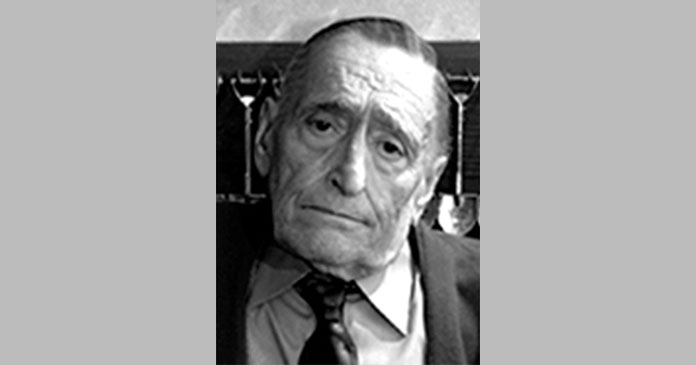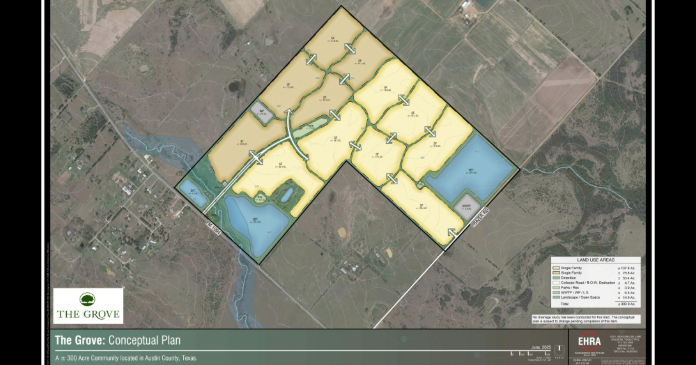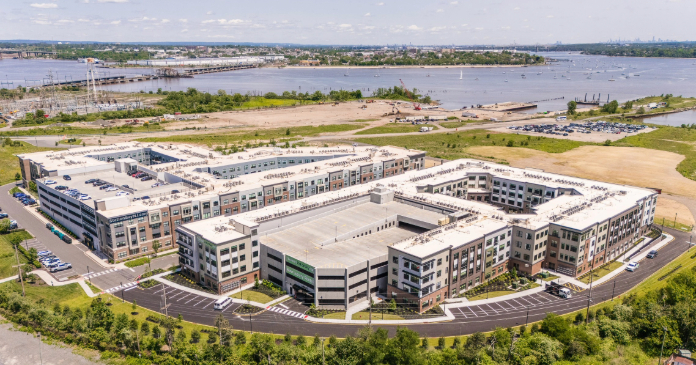At present, he is co-chairman emeritus of Forest City Enterprises, Inc., headquartered in Cleveland, Ohio. With nearly $12 billion in assets, the National Multi Housing Council’s (NMHC) Top 50 Owners list ranks Miller’s company at number 22 having ownership in 47,384 units across the country, of which Forest City manages 34,096.
The company’s portfolio has long been known for a cache of bedazzled properties including the New York Times building in Manhattan, New York by Gehry (one of the world’s tallest residential towers), and a 4,700 acre brownfield development on the site of the Stapleton Airport in Denver.
This issue includes a story on the company selling its land portfolio, with the intention of focusing on core rental product, and hopefully unlocking some of the company’s net asset value.
Forest City’s history follows the Ratner family beginning with its ownership of a lumberyard in the 1920s. Miller didn’t join the company until 1947, but when he did as a key investor, he played a pivotal role in moving it toward development, a strategic move that would make it the power player it is today.
Indeed, Miller has helped build an empire, and in fact, analysts believe the company’s best days are ahead.
He’s a legend in Cleveland, a nationally recognized leader in the Jewish community, MBA from Harvard, Distinguished Fellow of the Cleveland Clinic Foundation, and his credentials and accomplishments seem without end.
Mostly, Miller is fearless.
While he is to be admired for his intellect and business acumen, his pragmatism and common sense logic now seem to stand alone in a barren land of agendas and self-involvement.
A few years ago, there was a certain speech by Miller, subsequently published in the Buckeye Bulletin, whereby he took a rather examined, most articulate position for the Catholics in his community. He likely thought, at the time, that we had reached a crescendo in the “vindictive, scurrilous, bias” against Catholics and their institutions. Little could any of us have known that things were just warming up.
The process in which Forest City ingratiates itself into their communities is frequently noted and admired. Just as the homes we own and manage are connected, so are our lives to those around us.
I admire and appreciate Mr. Miller, his contributions, large and small, to the community, to our industry, and to the thousands, if not millions, of lives he has touched with his work and his words.
May his brilliance continue to resonate and be a beacon of true community.















